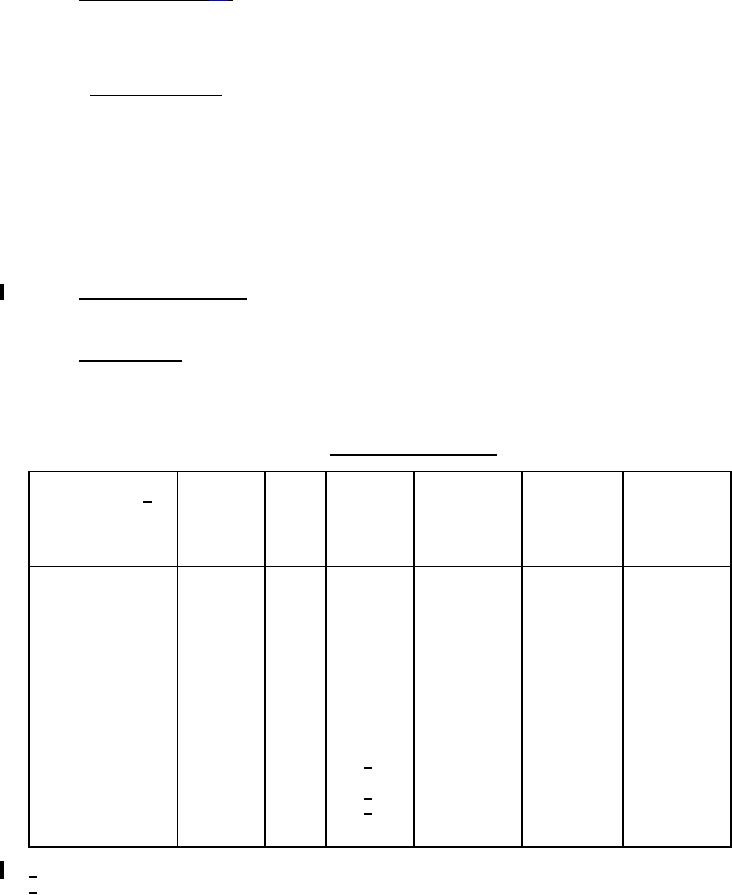
MIL-DTL-24251F
4.5.7 Heat dissipation (see 3.9). An instrumented glass tube (see appendix A and figure A-1) shall be used. The
glass material and dimensions shall be identical to those of the envelope size for which the tube shield is designed
(see table IV). The instrumented tube shall be mounted vertically in the appropriate MIL-DTL-12883 socket, which is
mounted with the proper retainer (base) or adapter (when applicable), on a heat sink which is maintained at a
temperature of 25°C ± 5°C.
4.5.7.1 Envelope stabilization. These measurements shall be made in an ambient temperature of 25°C ± 5°C, and
with no draft on the test setup. Temperature shall be measured with a bridge null detecting device with the tube
mounted in the socket on a constant temperature (25°C ± 5°C) heat sink under a 1 x 1 x 1 foot plastic cover. The
instrumented tube (see appendix A) shall be wired into the circuit shown on figure 2 with the heater voltage adjusted
to the required nominal voltage. Plate voltage shall be as shown in table IV. The grid bias shall be adjusted to
increase the plate current until both the total dissipation watts (within the range specified in table IV) and the bare
bulb temperature (within the tolerance specified in table IV), are reached. The stabilized bulb temperature as
indicated by the bulb thermocouple shall be recorded. The shield assembly shall be mounted on its base. The
stabilized bulb temperature with the shield mounted shall again be recorded. The shield shall be rotated to at least
two other different positions, except those shields which have only two rotatable positions, which shall be only one
other position. Measurements shall be repeated for each increment of rotation. During the test, the heat sink and
ambient temperatures for each separate shield test shall be recorded.
4.5.8 Salt atmosphere (corrosion). Shields and associated parts shall be tested in accordance with method 101,
test condition B, of MIL-STD-202. Upon completion of the test, the shields and associated parts shall be examined
for evidence of corrosion or other defects as specified in 3.10.
4.5.9 Electrical contact. The shield retainer (base), adapter, and socket shall be mounted to a bare metal chassis
in the normal manner. An appropriate tube shall be mounted in the assembly. The protective coating may be
removed from a point on the upper part of the shield so that good electrical contact may be made with the ohmmeter
probe. The resistance shall be measured between shield and chassis using an ohmmeter having an accuracy of ±3
percent of indication or better (see 3.11).
TABLE IV. Instrument tube parameters.
Total
Envelope size 1/
Tube type
Test
Plate
Plate
dissipation
Bare bulb
circuit
voltage
current
(filament
temperature
(± 5°C)
Ep-dc
dc milli-amps
and plate)
volts
(max/plate)
Nominal-
watts ±10%
maximum
T2x3 (flat bulb) - - - -
6029
7
135
---
1.14
100
T3 (round bulb, 8 pin)
5902
7
150
---
6.19
220
T3 (flat press, 7 pin-
in-line) - - - - - - - - -
5702WB
7
150
---
2.67
145
T5-1/2 short - - - - - -
5654
1
130
---
3.1
115
T5-1/2 medium - - - -
6AN5WA
1
130
---
9.1
215
T5-1/2 long - - - - - - -
6005
2
250
---
12.9
240
T6-1/2 short - - - - - -
5670
250
4.8
130
3
---
T6-1/2 medium - - - -
5687WA
200
13.2
225
4
---
T6-1/2 long - - - - - - -
6216
200
18
230
5
---
T6-1/2 ex-long- - - - -
7189A
250
19.5
235
6
---
2/
T9 - - - - - - - - - - - - -
5Y3WGTA
23.5
225
290
8
300
T11 - - - - - - - - - - - -
6L6WGB
33.1
250
---
7
2/
T12 - - - - - - - - - - - -
5U4GB
32.7
200
700
8
2/
T14 - - - - - - - - - - - -
5R4WGB
45.5
250
490
8
300
T16 - - - - - - - - - - - -
6336A
54.3
250
---
9
1/ Conforming ECA-RS209.
2/ Current limitation.
7
For Parts Inquires call Parts Hangar, Inc (727) 493-0744
© Copyright 2015 Integrated Publishing, Inc.
A Service Disabled Veteran Owned Small Business